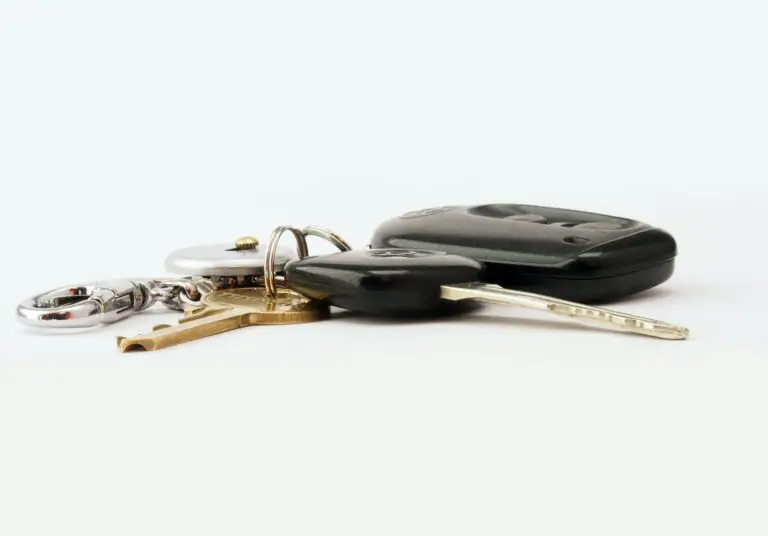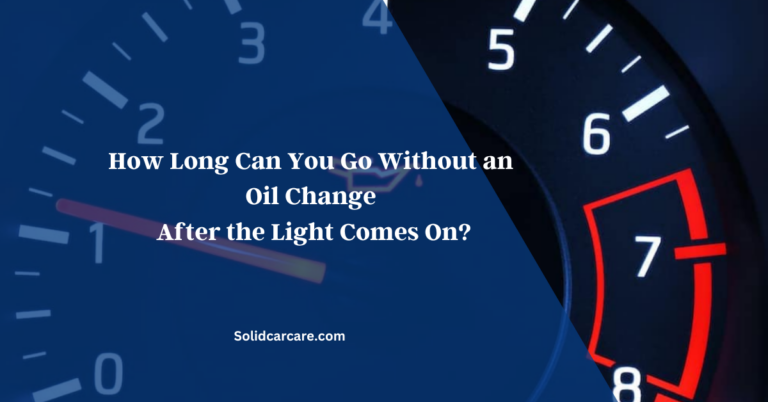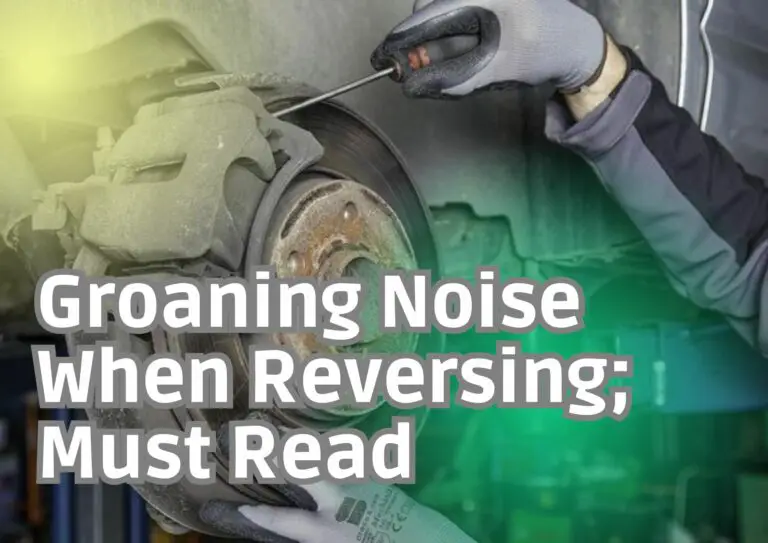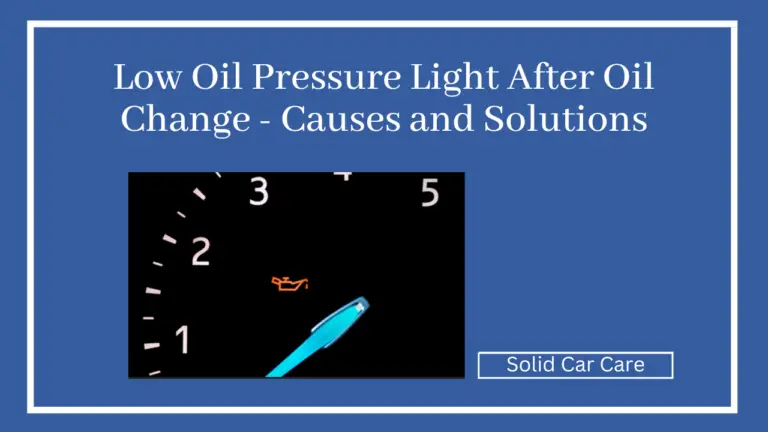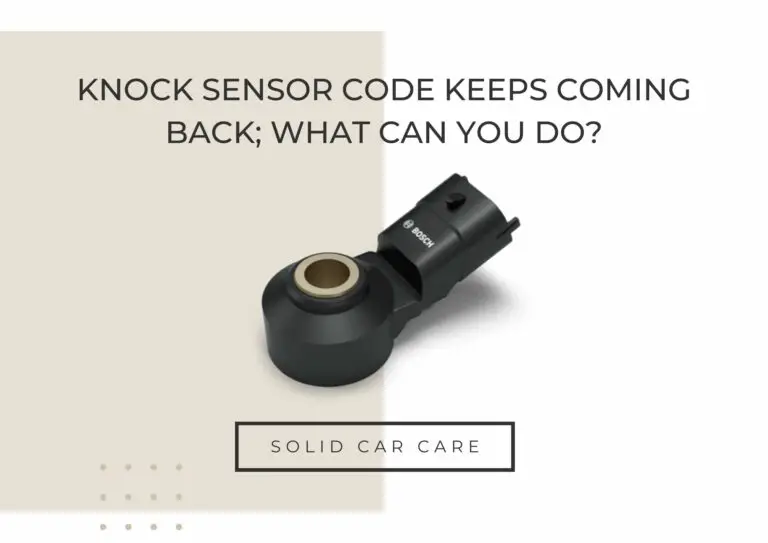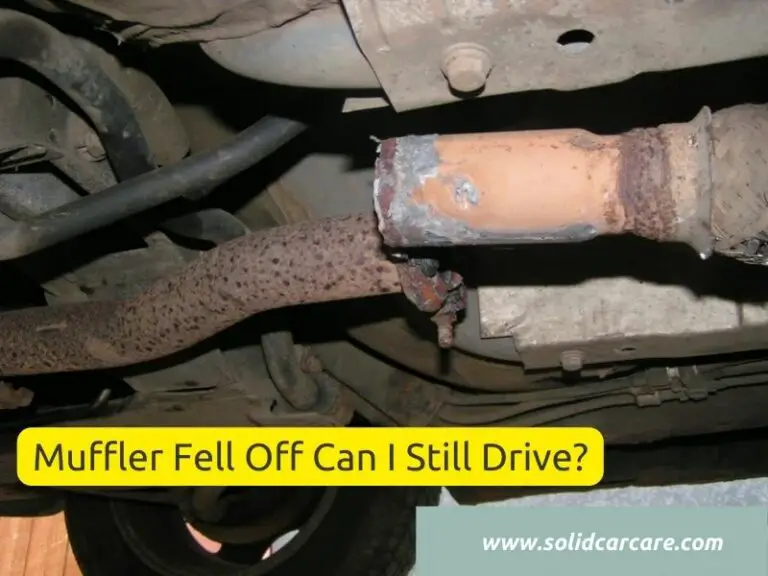Should I Replace the Wheel Bearing or the Entire Hub? Making an Informed Decision
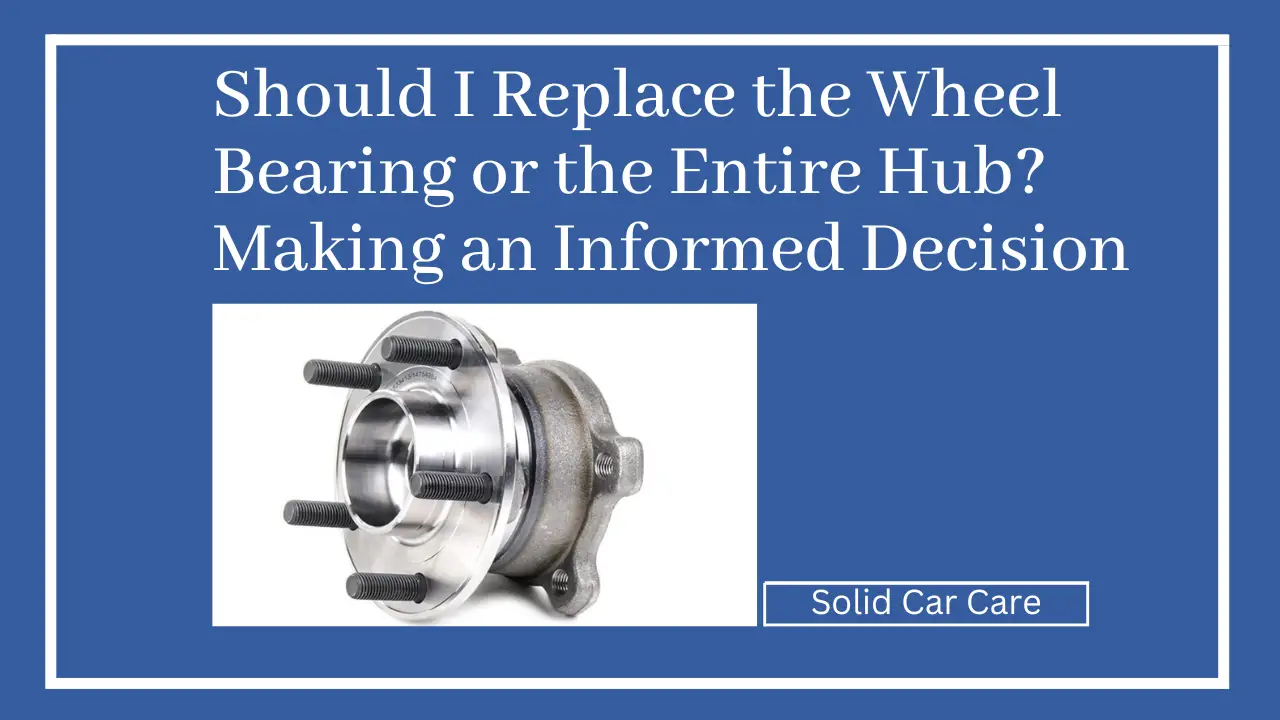
Whether to replace the wheel bearing or the entire hub depends on the extent of damage and cost-effectiveness. If the bearing is damaged and the hub is in good condition, replacing the bearing alone may be sufficient. If the hub is compromised or integrated, replacing the entire hub assembly is recommended.
In this article, we discuss everything you need to know about the wheel bearing and the hub replacement with step-by-step guides. So stick around until the end to find out what you’ve been looking for and welcome to Solid Cr Care.
Table of Contents
What do the Wheel Bearing and the Hub do?
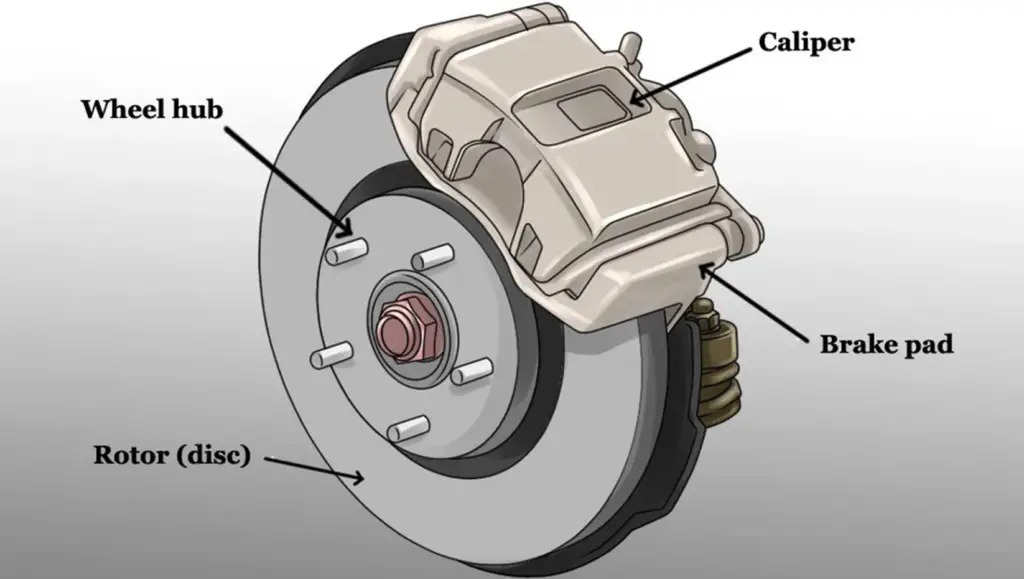
The wheel bearing and the hub play essential roles in ensuring smooth and safe vehicle operation.
The wheel bearing is a set of steel balls or rollers encased in a metal ring, enabling the wheel to rotate freely on the axle spindle. It supports the vehicle’s weight and allows the wheels to spin smoothly while minimizing friction.
On the other hand, the hub is the component that houses the wheel bearing and connects it to the vehicle’s suspension system. It acts as a mounting point for the wheel, ensuring it remains securely attached to the vehicle while maintaining the proper alignment.
What Causes Damage to the Wheel Bearing and Hub Respectively?
Both the wheel bearing and the hub are subjected to considerable stress and wear during regular vehicle operation. Over time, various factors can lead to their damage:
Wheel Bearing Damage
- Lack of Lubrication
When wheel bearings are not properly lubricated or if the lubricant becomes contaminated, the friction between the bearing components increases. This heightened friction leads to accelerated wear and can ultimately cause the bearing to fail prematurely.
- Excessive Load
Carrying heavy loads or frequently towing puts significant stress on the wheel bearings. The excessive weight places an increased burden on the bearings, causing them to wear out faster and potentially lead to bearing failure.
- Water and Contaminants
Exposure to water, dirt, and debris can be detrimental to wheel bearings. These contaminants can infiltrate the bearing, causing rust and corrosion. The presence of moisture and debris compromises the smooth operation of the bearing, leading to damage and reduced lifespan.
- Aggressive Driving
Driving on rough terrains, hitting potholes, or engaging in aggressive driving behaviors can subject the wheel bearings to intense impacts and shocks. The excessive forces and vibrations can lead to the premature wear and damage of the bearings, potentially resulting in failure if not addressed promptly.
Hub Damage
- Impact Damage
Collisions with curbs, potholes, or other objects can cause significant impact to the hub. This impact can result in dents, cracks, or bending, compromising the structural integrity of the hub and affecting its ability to support the wheel and maintain proper alignment.
- Corrosion
Exposure to harsh weather conditions, such as rain, snow, and road salts, can cause corrosion on the hub surface. Corrosion gradually eats away at the metal, weakening the hub and potentially leading to cracks or failure over time. Regular cleaning and maintenance can help mitigate the effects of corrosion.
- Wear and Tear
With regular usage, the hub components experience normal wear. This includes factors like heat, friction, and stress from rotational forces. Over time, these factors can cause the hub components to wear out, resulting in compromised performance, increased play in the wheel, and potential safety hazards. Timely replacement is necessary to maintain optimal functionality.
- Improper Installation
If the hub is not installed correctly, it can lead to misalignment and excessive stress on the components. Misalignment causes uneven distribution of forces, leading to premature wear and failure of the hub. Proper installation, including correct torquing of bolts and ensuring alignment, is crucial for the hub’s longevity and performance.
Why and When to Replace the Wheel Bearing and Hub?
Deciding whether to replace the wheel bearing or the entire hub depends on several factors, including the damage’s extent and the repair’s cost-effectiveness.
Wheel Bearing Replacement
If the wheel bearing shows signs of wear, such as noise, vibration, or wheel play, it’s crucial to address the issue promptly to prevent further damage and ensure safe driving.
Replacing only the wheel bearing can be cost-effective if the hub is in good condition and doesn’t require replacement.
Hub Replacement
If the hub is damaged, corroded, or worn, it is advisable to replace the entire hub assembly to ensure optimal performance and safety.
Replacing the hub might be necessary when the bearing is damaged beyond repair, as the bearing and hub are integrated in some vehicles.
Rattling In Steering Wheel; Causes And Fixing.
solidcarcare.com
Should You Replace the Wheel Bearing or the Entire Hub?
The decision to replace the wheel bearing or the entire hub depends on the specific circumstances and the advice of a qualified mechanic.
If the wheel bearing is damaged, but the hub is in good condition, replacing the bearing only might be sufficient. However, replacing the entire hub assembly is a safer option if the hub itself is compromised or integrated with the bearing.
How to Replace the Wheel Bearing?
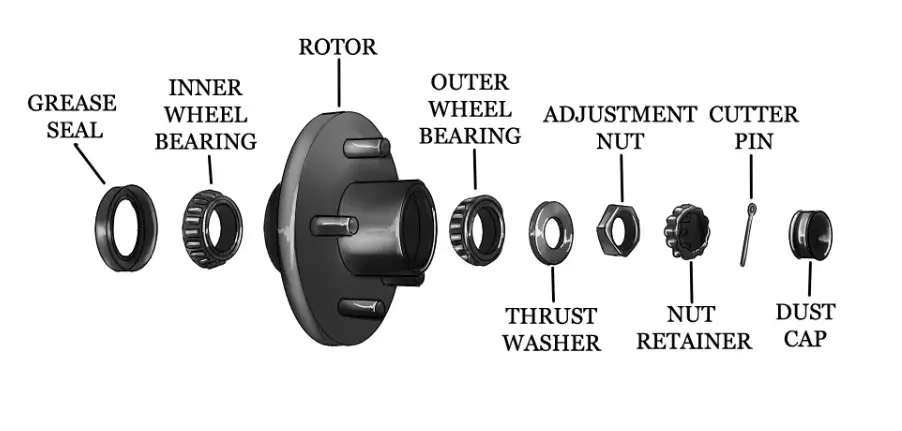
Replacing the wheel bearing is a complex task and typically requires professional expertise. It involves the following general steps:
Step 01- Vehicle Preparation: Park the vehicle on a level surface, engage the parking brake, and chock the wheels to prevent rolling.
Step 02- Wheel Removal: Loosen the lug nuts, elevate the vehicle using a jack, and remove the wheel.
Step 03- Brake Assembly Removal: Disassemble the brake caliper and rotor from the wheel hub.
Step 04- Wheel Hub Removal: Remove the axle nut, disconnect the ABS sensor (if present), and detach the wheel hub assembly from the suspension system.
Step 05- Bearing Replacement: Extract the old wheel bearing from the hub assembly and install a new bearing using appropriate tools.
Step 06- Reassembly: Reattach the wheel hub assembly, reconnect the ABS sensor, reassemble the brake components, and reinstall the wheel.
Step 07- Testing: Lower the vehicle, tighten the lug nuts to the recommended torque, and test the wheel for proper operation.
How much does it cost, time and labor?
The cost of replacing a wheel bearing can vary depending on the vehicle make and model, the location of the repair shop, and whether it includes replacing the entire hub assembly.
On average, the cost can range from $150 to $600 per wheel, including parts and labor. The time required for the replacement process is typically a few hours, depending on the complexity and accessibility of the wheel bearing.
How to Replace the Hub?
Replacing the hub assembly involves similar steps to replacing the wheel bearing, but with the added task of detaching and installing the hub itself. It is recommended to consult a professional mechanic for hub replacement to ensure proper installation and alignment.
How much does it cost, time and labor?
The cost of replacing the hub assembly depends on various factors, including the vehicle’s make and model, the type of hub assembly required, and the labor rates in your area.
The cost can range from $200 to $800 per wheel, including parts and labor. The time required for hub replacement is generally similar to that of wheel bearing replacement, typically taking a few hours.
What Happens If You Don’t Replace the Wheel Bearings and Hub?
Neglecting to replace damaged or worn wheel bearings and hubs can lead to serious consequences. If left unaddressed, the issues can escalate, resulting in compromised vehicle stability, increased stopping distances, unpredictable handling, and even wheel detachment.
Furthermore, damaged wheel bearings and hubs can cause excessive wear on other components, leading to more extensive and expensive repairs in the long run. It is crucial to prioritize timely replacement to ensure your safety on the road.
Why Is My Car Humming? By Solid Car Care
solidcarcare.com
Conclusion:
Maintaining the proper functioning of your vehicle’s wheel bearings and hubs is crucial for your safety and vehicle longevity. When facing issues with these components, it is important to assess the extent of damage and consider factors like cost and convenience to determine whether to replace the wheel bearing or the entire hub.
Consulting a professional mechanic is highly recommended to ensure a proper diagnosis and effective repair, ultimately ensuring your vehicle’s optimal performance and safety.
FAQs
How long do wheel bearings last?
The lifespan of wheel bearings can vary depending on factors such as driving conditions and maintenance. On average, they can last between 85,000 and 100,000 miles.
Can I drivIt is not recommended to drive with a damaged wheel bearing?
as it can lead to further damage and compromise your safety. Seek professional assistance as soon as possible.e with a damaged wheel bearing?
Can I drive with a damaged wheel bearing?
It is not recommended to drive with a damaged wheel bearing as it can lead to further damage and compromise your safety. Seek professional assistance as soon as possible.
Can I replace a wheel bearing myself?
Replacing a wheel bearing is a complex task that requires specialized tools and expertise. It is generally recommended to have a professional mechanic handle the replacement.
How can I tell if my wheel bearings are failing?
Some common signs of failing wheel bearings include unusual noise (such as grinding, humming, or rumbling), vibration, uneven tire wear, and loose or wobbly wheels.
Are OEM or aftermarket wheel bearings better?
Both OEM and aftermarket wheel bearings can be of high quality. It’s important to choose reputable brands and consult with professionals to ensure compatibility and reliability.

